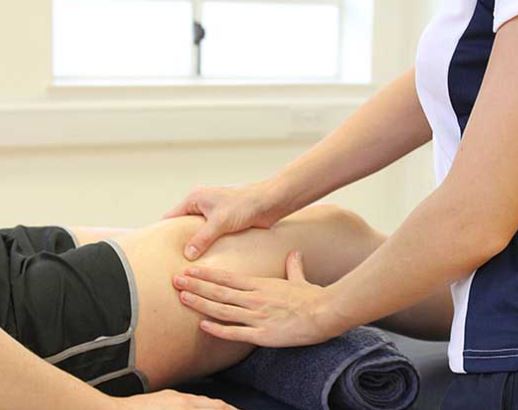The phrase “No Pain, No Gain” is one of the most misleading mantras in fitness and sports culture. While pushing past fatigue can build endurance, ignoring pain can lead to serious injuries with long-term consequences. Dr. Jason Pirozzolo, a leading expert in sports medicine and injury prevention, warns against the dangers of training through pain.
“Pain is your body’s alarm system,” says Dr. Jason Pirozzolo. “Ignoring it can turn minor injuries into major setbacks that require prolonged recovery—or even surgery.”
Pain vs. Discomfort – Knowing the Difference
Not all physical discomfort is dangerous. Some muscle soreness after exercise is normal, often called Delayed Onset Muscle Soreness (DOMS). However, sharp, persistent, or localized pain is a red flag.
According to Dr. Jason Pirozzolo, “Discomfort from exertion is different from injury pain. If you feel a deep, aching burn in your muscles, that’s normal. But if the pain is sharp, stabbing, or does not improve with rest, stop immediately and seek medical attention.”
Ignoring these signals can lead to injuries such as:
- Tendonitis – Overuse of tendons can cause inflammation, leading to chronic pain.
- Stress fractures – Small cracks in bones caused by repetitive stress, often seen in runners.
- Torn ligaments – Sudden movements or overexertion can cause ligament tears, such as ACL injuries.
Common Injuries from Pushing Too Hard
Athletes and fitness enthusiasts often push their limits to achieve better performance. Unfortunately, this mindset leads to injuries that could have been avoided with proper recovery. Dr. Jason Pirozzolo highlights some of the most common conditions caused by overtraining:
- Shin splints – Common in runners, these cause pain along the shinbone due to overuse.
- Rotator cuff injuries – Excessive lifting or overhead movements can lead to shoulder injuries.
- Tennis elbow (lateral epicondylitis) – Caused by repetitive wrist and arm motions, common in racquet sports and weightlifting.
- Plantar fasciitis – Ignoring foot pain can lead to chronic heel inflammation.
“These injuries often start small,” explains Dr. Pirozzolo. “But if left untreated, they can require months of rehabilitation or even surgery.”
How to Train Smart and Prevent Injuries
Listening to your body is the best way to prevent injury. Here are some expert-recommended strategies to train smarter, not harder:
- Warm Up Properly – Dynamic stretching and light movement before exercise help prepare the muscles and joints.
- Strengthen Supporting Muscles – Weak stabilizing muscles increase injury risk. Strength training can improve overall performance.
- Prioritize Recovery – Taking rest days is essential for muscle repair and growth.
- Use Proper Technique – Poor form places unnecessary stress on joints and ligaments. Working with a coach or trainer can help.
- Hydrate and Fuel Correctly – Nutrition plays a key role in preventing muscle fatigue and cramping.
- Recognize Early Warning Signs – Dr. Jason Pirozzolo advises, “Pain that lingers beyond 48 hours, worsens with activity, or limits movement is a signal that something is wrong.”
The Importance of Rest and Rehabilitation
Rest days are not a sign of weakness—they are a crucial part of training. Overworking the body without adequate recovery leads to chronic injuries that can end an athletic career.
“Athletes who train smarter and allow proper recovery outperform those who push through pain,” says Dr. Jason Pirozzolo. “A well-structured recovery plan prevents setbacks and enhances performance.”
For those recovering from injuries, rehabilitation and physical therapy play a crucial role in regaining strength and mobility.
When to Seek Medical Attention
Ignoring pain can lead to permanent damage. If you experience any of the following symptoms, seek medical attention immediately:
- Persistent swelling or bruising
- Joint instability or locking
- Pain that does not improve with rest
- Loss of range of motion
- Sharp, shooting pain
Dr. Jason Pirozzolo advises, “It’s always better to get checked early than to wait until the damage becomes severe.”
Final Thoughts – Smarter Training for a Stronger Body
The “No Pain, No Gain” mindset can lead to devastating injuries that could have been prevented. Smart training, active recovery, and listening to your body are the keys to longevity in sports and fitness.
For expert advice on sports and orthopedic injuries, recovery strategies, and cutting-edge treatments, follow Dr. Jason Pirozzolo for insights into the latest developments in sports medicine and orthopedic medicine. You may also visit a Key West orthopedic clinic for more information.

